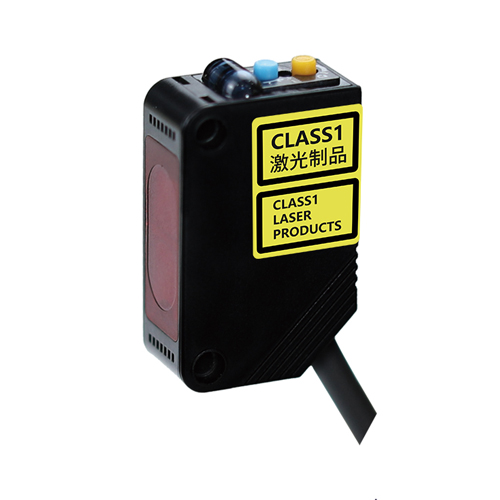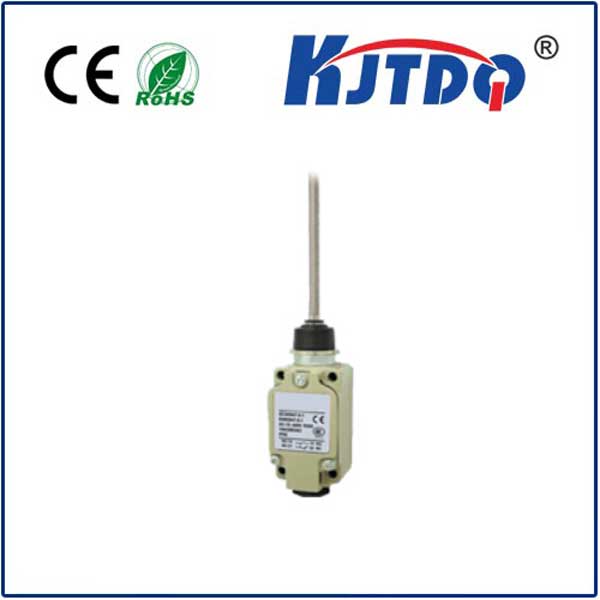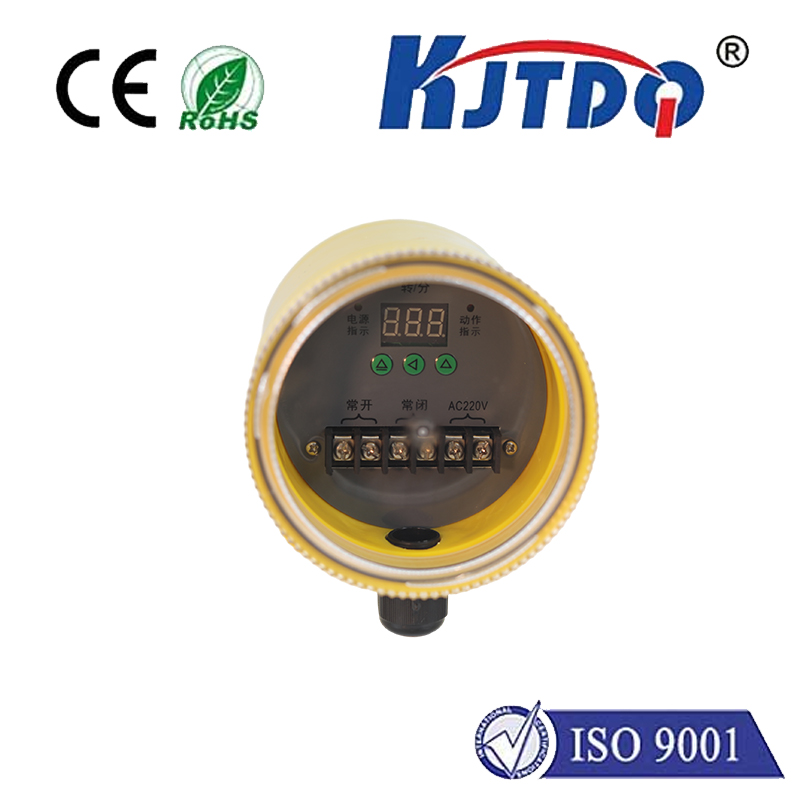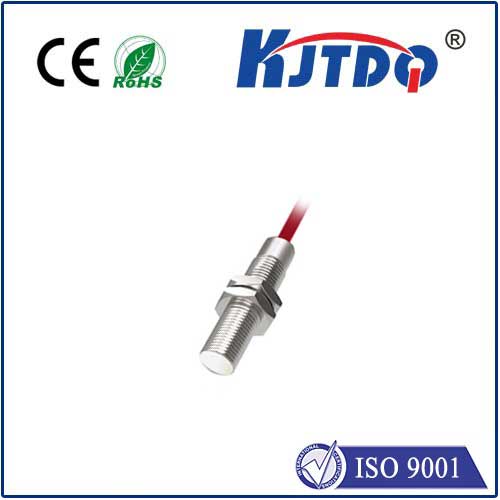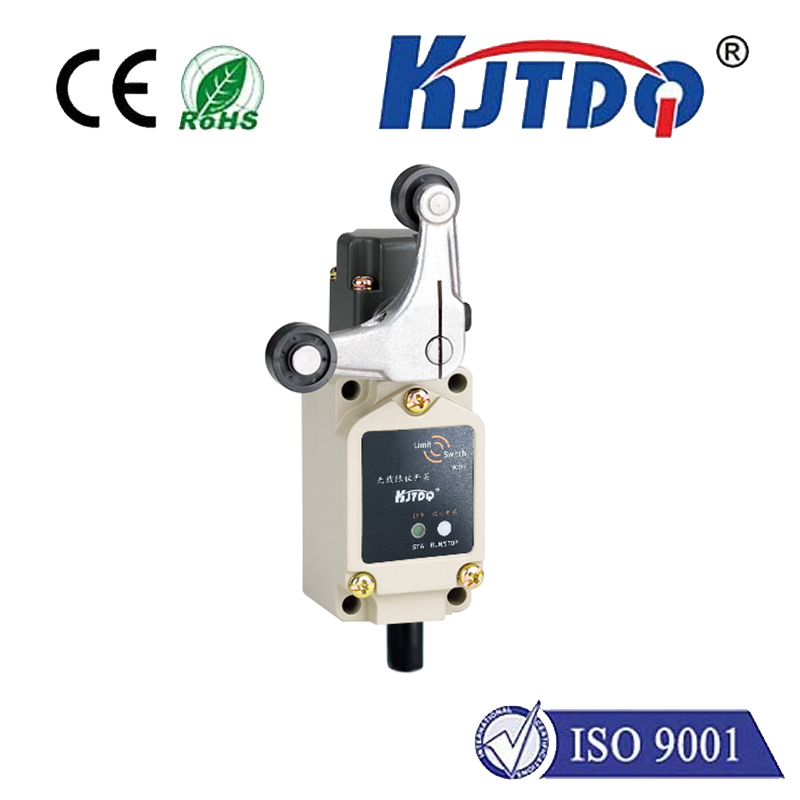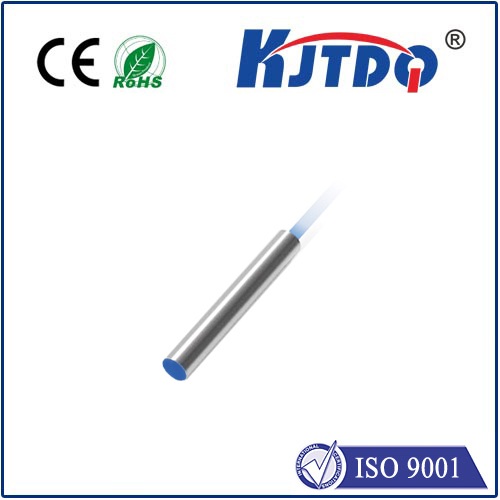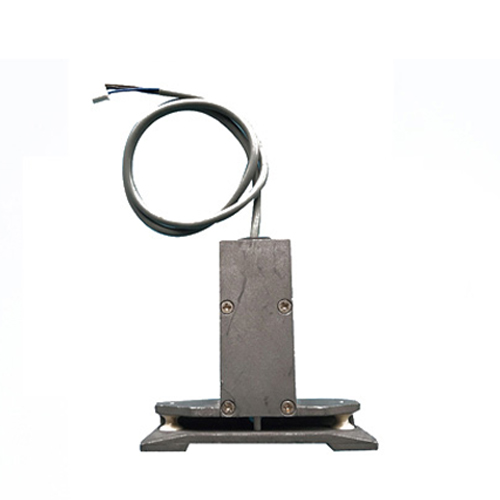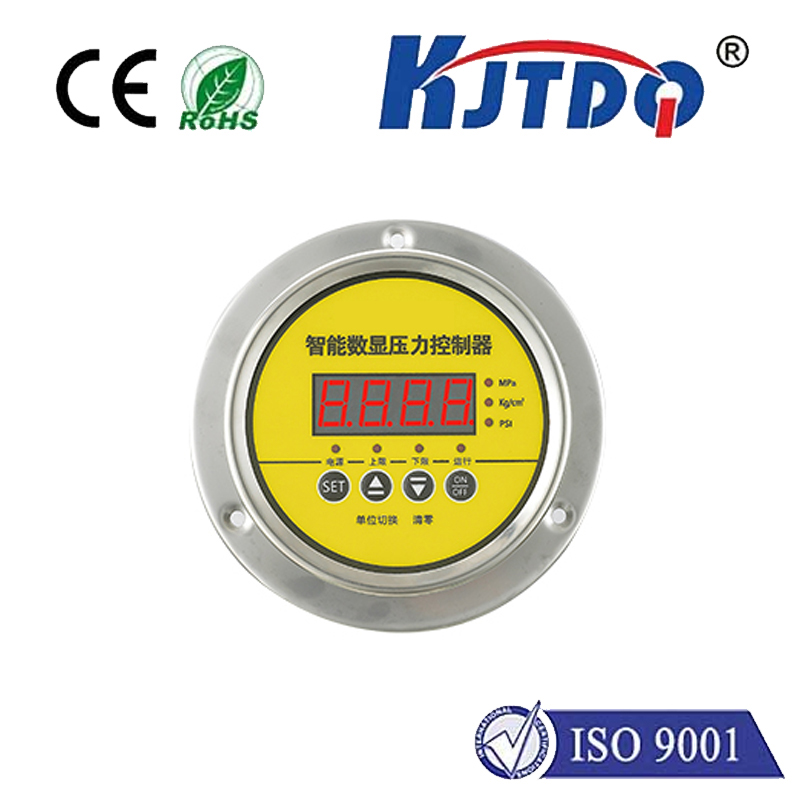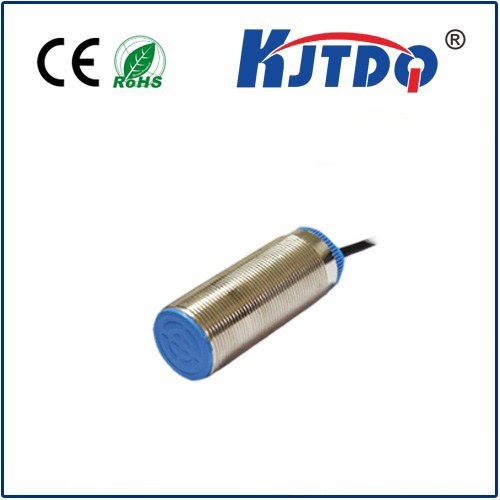infrared proximity sensor e18 d80nk
- time:2025-07-12 03:38:14
- Нажмите:0
The Versatile E18-D80NK Infrared Proximity Sensor: Your Key to Smarter Automation
Imagine a factory conveyor belt seamlessly starting or stopping as objects pass by. Picture a robotic arm gently halting before contacting a fragile item. Envision an automatic door gliding open precisely as you approach. At the heart of countless reliable, non-contact detection systems, you’ll often find components like the E18-D80NK Infrared Proximity Sensor. This unassuming device is a cornerstone for engineers and hobbyists seeking robust, affordable object detection solutions. Understanding its capabilities unlocks potential across robotics, industrial automation, security, and countless DIY projects.
Decoding the Technology: How the E18-D80NK Works
The E18-D80NK operates on a fundamental infrared (IR) proximity sensing principle. Internally, it houses two key components working in tandem: an infrared emitter and a specialized infrared phototransistor receiver.
- IR Emission: The sensor constantly emits an invisible beam of modulated infrared light. This modulation (pulsing the light at a specific frequency) is crucial. It helps the sensor distinguish its own signal from ambient infrared light sources (like sunlight or incandescent bulbs), significantly reducing false triggers.
- Reflection Detection: When an object enters the sensor’s defined detection zone (up to its rated range), this emitted IR light reflects off the object’s surface.
- Signal Reception: The reflected IR light travels back towards the sensor. The built-in phototransistor is finely tuned to detect light modulated at the specific frequency emitted by its own IR diode.
- Signal Processing: The sensor’s internal circuitry processes the received signal strength. When the reflected light is strong enough (indicating an object is within the calibrated detection distance and reflects adequately), the sensor triggers a change in its output state.
Understanding the Specifications: What D80NK Means
The model name, E18-D80NK, reveals its key characteristics:

- E18: Typically denotes the sensor series/form factor.
- D80: Signifies the detection range. In this case, 80 cm (approximately 31.5 inches). This is the nominal maximum distance at which the sensor can reliably detect a standard white object (like the supplied reflector) under ideal conditions. Actual range varies significantly with object color, reflectivity, texture, and size. Dark, matte, or small objects require closer proximity.
- N: Often indicates the output configuration. The E18-D80NK features an NPN output transistor.
- K: Commonly denotes the type of connector or housing design.
Core Technical Attributes (Simplify Complexity):
- Detection Principle: Diffuse Reflective (Depends on IR reflection from the target object).
- Output Type: NPN Transistor, Normally Closed (NC) logic. When no object is detected, the output transistor is OFF (effectively open circuit). When an object is detected within range, the output transistor turns ON, connecting the output signal wire (typically black) to ground (typically blue).
- Power Supply: 5V DC is standard (acceptable range usually 4.5V - 5.5V).
- Response Time: Very fast, typically in the millisecond range, enabling real-time detection.
- Adjustment: Features a built-in potentiometer for fine-tuning the sensitivity/detection range. This allows calibration for specific object types and environmental conditions. Clockwise rotation usually increases range/sensitivity.
- Connection: Commonly uses a 3-wire cable:
- Brown: VCC (+5V)
- Blue: GND (0V)
- Black: OUT (NPN Open Collector Output)
Where the E18-D80NK Shines: Real-World Applications
The E18-D80NK infrared proximity sensor finds utility in diverse scenarios demanding reliable, non-contact object presence detection:
- Промышленная автоматизация: Counting objects on conveyor belts, detecting product presence for automatic packaging lines, position sensing in machinery, end-of-travel detection. Its durability makes it suitable for many factory floor environments.
- Robotics: Obstacle avoidance for mobile robots, detecting objects for pick-and-place arms, confirming gripper closure, position homing. Its fast response time is critical here.
- Access Control & Security: Detecting vehicles at gates, triggering lights or alerts upon entry/exit, presence detection in security systems. Its ability to detect without contact prevents wear and tear.
- Home Automation & DIY Projects: Creating automatic lighting systems (e.g., under-cabinet lights), building smart trash cans (lid opens when hand approaches), interactive art installations, model train control. Its 5V compatibility makes it ideal for Arduino, Raspberry Pi, and other microcontroller projects.
- Automated Systems: Car wash vehicle detection, material level sensing (non-critical), vending machine product dispensing sensing, automatic door activation.
Key Advantages Driving Popularity
- Эффективность затрат: A highly affordable solution for proximity sensing needs.
- Simple Integration: Requires minimal external components (typically just a pull-up resistor on the output when interfacing with logic circuits like Arduino).
- Non-Contact Sensing: Eliminates mechanical wear, allows detecting delicate objects, and avoids mark-off.
- Fast Response: Enables real-time control systems.
- Adjustable Sensitivity: Adaptable to various object materials and environmental lighting conditions (within reason).
- Modulated IR: Improved resistance to ambient light interference compared to basic IR sensors.
Important Considerations for Optimal Use
- Target Characteristics: Detection range is heavily influenced by color, reflectivity, and size. Test with your specific target objects. Dark or non-reflective materials significantly reduce range.
- Ambient Light: While modulated IR helps, extremely strong direct sunlight or intense incandescent light close to the sensor’s IR frequency can still cause interference. Mounting orientation and shading may be necessary.
- Background & Mounting: Avoid mounting too close to highly reflective backgrounds, as this can cause false triggering. Ensure stable mounting to prevent vibration affecting detection.
- Electrical Interface: Understand the NC NPN output behavior. You will need a pull-up resistor (typically 4.7K - 10K Ohms) connected between the sensor’s OUT (black) wire and VCC (brown) when connecting to a microcontroller input or logic circuit expecting a voltage signal. The output acts like a switch to ground when triggered.
- Environment: While robust, protect from excessive dust, moisture, and physical impact if the environment is harsh.
Integrating with Arduino/Microcontrollers (Conceptual Overview)
The E18-D80NK is a staple in the maker world. Integration usually follows this pattern:
- Connect Brown wire -> Arduino 5V.
- Connect Blue wire -> Arduino GND.
- Connect Black wire (OUT) -> Arduino Digital Input Pin. Crucially, connect a pull-up resistor (e.g., 10K Ohms) between this Input Pin and 5V.
- In your code, configure the input pin with
pinMode(pin, INPUT_PULLUP); (if the Arduino has internal pull-ups) OR explicitly use the external resistor and set as INPUT. Read the pin state. Because it’s Normally Closed (NC):
HIGH state typically indicates no object detected (output transistor OFF, pull-up resistor pulls input high).LOW state indicates object detected (output transistor ON, pulls input to ground/LOW).
Beyond Basic Detection: Leveraging its Strengths
The E18-D80NK infrared proximity sensor is more than just an “on/off” detector. Its adjustable range allows for rudimentary distance gradation (near/far zones) in some applications. Its reliability and speed underpin critical machine safety functions, like emergency stop triggering when an operator

